

Damion Smy
Suzuki Fronx recalled after seatbelt failure sparks ‘urgent investigation’
5 Hours Ago
Toyota says it's listened to customers in developing the new LandCruiser 70, but it hasn't widened the rear track – despite persistent feedback from owners.

Contributor
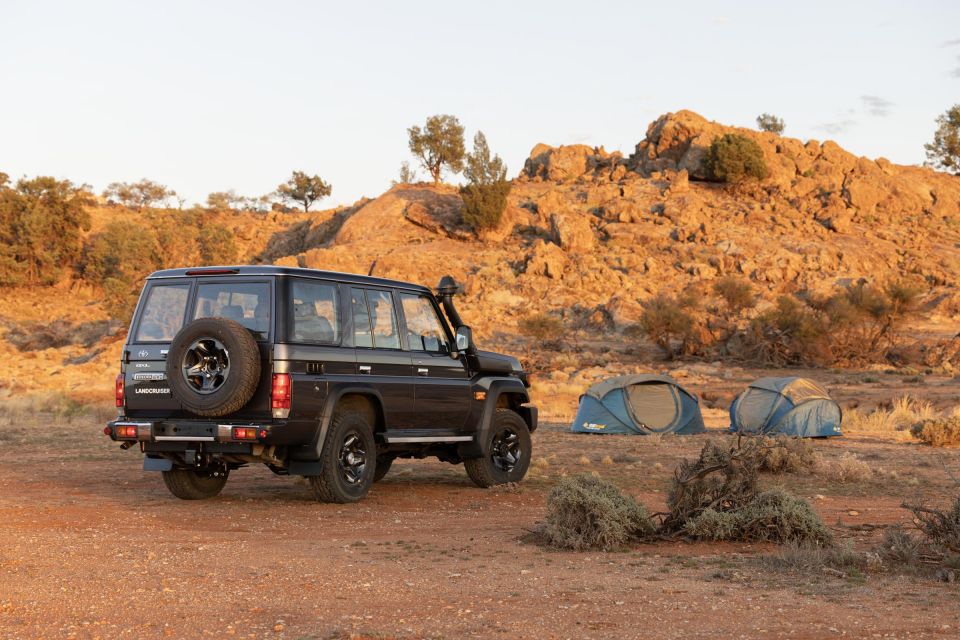

Contributor
Toyota has given the updated LandCruiser 70 a new face, a more modern interior, and a new turbo-diesel engine. It hasn’t, however, addressed one of the big complaints from owners of the V8 70 Series.
The entire LC70 range persists for 2024 with a rear track that’s 95mm narrower than the front, a quirk introduced in 2007 when Toyota widened the front track to accomodate the 4.5-litre turbo-diesel V8 engine that remains in service today.
Although it’s invested in a new four-cylinder engine and automatic transmission, Ray Munday, senior manager for vehicle evaluation and regulation in product planning and development at Toyota Australia, said the cost involved in widening the rear axle meant it was off the table.
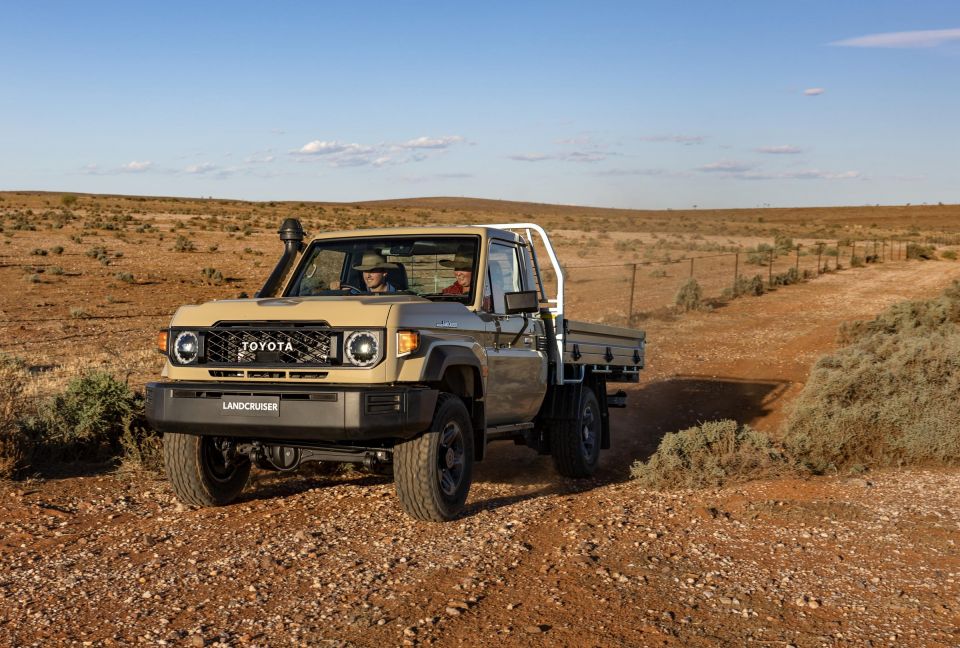
“The front track was widened when the V8 was put in, in 2007,” Mr Munday told CarExpert.
“That was to allow for that extra width of the [engine]. In terms of the front, that needed a new axle. When you’ve got a wider axle, that puts extra stress on other parts of the chassis.
“There’s a lot of development required in that, and then the body needs to be widened to accomodate it,” he explained.
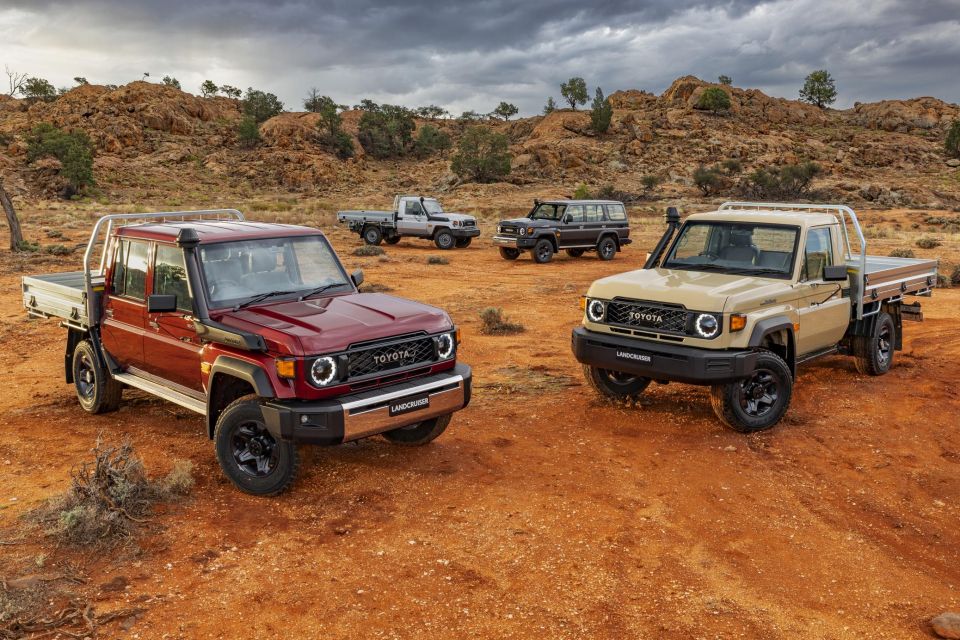
“With the rear track, to widen that, there’s change in the differential, within the stresses that go into the chassis, but also the body. Because you’ve got multiple body styles – a tray, versus a wagon, versus a troopie – they have a different rear body area.
“You’ve got a lot of change points from both chassis and axle, and body. We understand there are customers requesting that change but the level of investment is very high for that, and there’s a level of re-validation required.
“Then of course you’re changing parts that mean you don’t have as much carryover. In terms of this program here, the key purpose was to get the new drivetrain in, and the ensure that drivetrain is absolutely fit for purpose.”
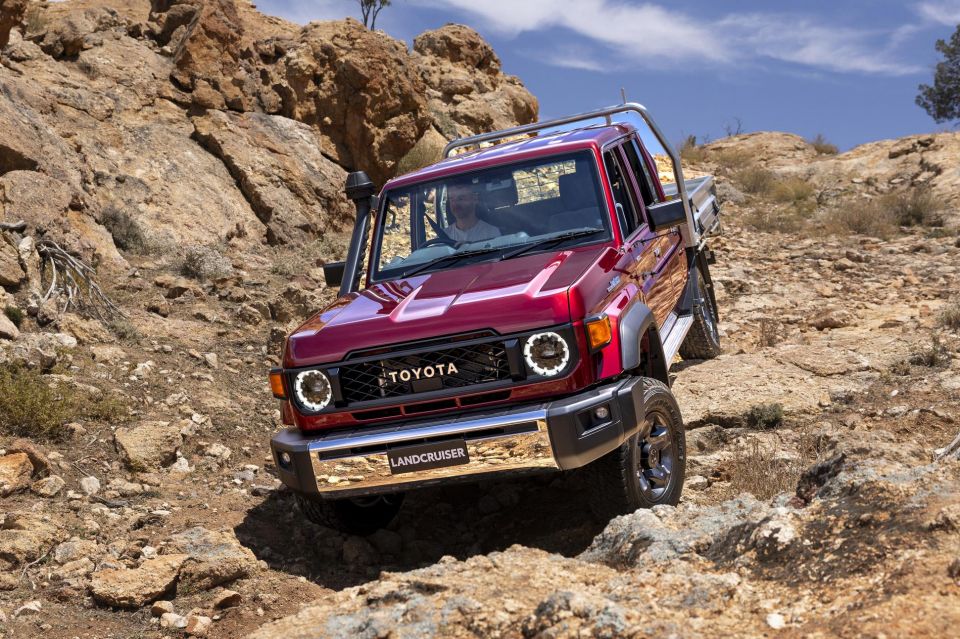
Although the factory won’t sell you a LandCruiser 70 with equal-width axles, the aftermarket is full of companies that will widen the rear track for you.
Approved by executives in 2019, the four-pot LC70 automatic comes on the back of “strong demand” from customers “because it makes the vehicle so much easier to handle for conditions such as towing trailers through sandy deserts”.
Where expert car reviews meet expert car buying – CarExpert gives you trusted advice, personalised service and real savings on your next new car.
Scott Collie is an automotive journalist based in Melbourne, Australia. Scott studied journalism at RMIT University and, after a lifelong obsession with everything automotive, started covering the car industry shortly afterwards. He has a passion for travel, and is an avid Melbourne Demons supporter.


Damion Smy
5 Hours Ago
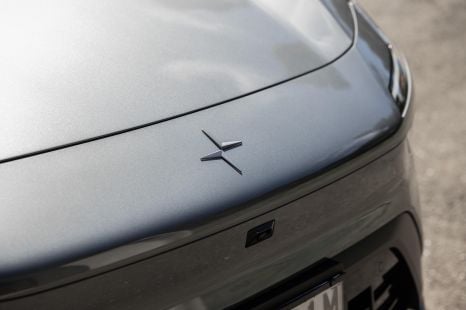

Damion Smy
6 Hours Ago


Damion Smy
8 Hours Ago
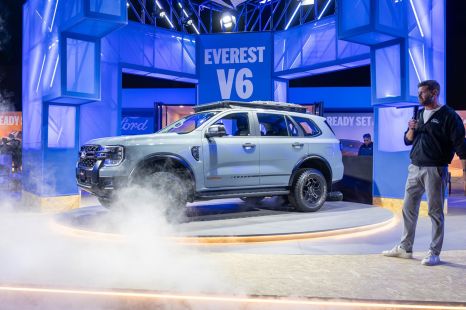

Damion Smy
10 Hours Ago


CarExpert.com.au
11 Hours Ago


Ben Zachariah
13 Hours Ago